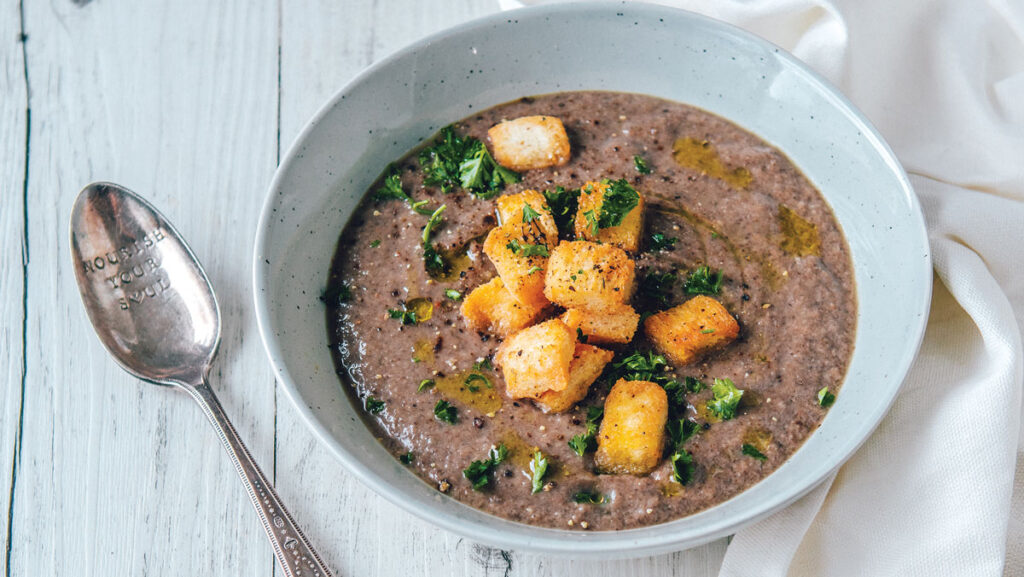While many of us are aware of the benefits of eating more fruits, veggies and wholegrains, the humble legume often gets overlooked!
Legumes are a powerhouse of nutritious goodness not to mention delicious, budget-friendly and easy to use. So, here’s all you need to know about legumes, why they’re good for you and how to use them.
What are legumes?
“Legume” is a broad term that refers to all types of lentils, beans, pulses and peas from the Fabaceae (or Leguminosae) botanical family. These include chickpeas, butter beans, kidney beans, cannellini beans, lentils and soybeans (plus many more).
They come in a variety of shapes, sizes and colours—you can buy them canned or cooked, frozen or dried, and even ground into flours or made into milks. In fact, there are nearly 20,000 different species of legume.
How do I cook legumes?
This all depends on how you buy them.
Tinned—One of the easiest and most cost-effective ways to enjoy them is by buying canned legumes so you have them on hand and ready to go whenever you need them. Simply drain, give them a quick rinse and they are ready to go!
Frozen—You can also buy some varieties frozen and ready to cook such as peas and edamame.
Dried—Not all legumes need to be soaked in advance. However, dried black beans, chickpeas, kidney beans, navy beans and white beans are among those that you will need to soak before you cook them. It helps them cook faster, more evenly and helps our bodies digest them.
Ready made – You can buy a variety of tasty, ready-made legume dishes in your local supermarket including hummus, baked beans, tofu and ready-made veggie burgers.
Are legumes good for you?
They can provide:
Nutrients such as B vitamins, iron and zinc for energy, plus calcium and magnesium for bone and muscle health
One of the best sources of plant protein
Gut-friendly fibre, including prebiotics fibres to support a healthy digestive system
Phytonutrients (powerful plant compounds) and are low GI
Research on legumes has linked regularly eating the humble bean to some big health benefits, including a reduced risk of heart disease and some cancers, better weight management and living longer.
How often should I eat legumes?
You should try to enjoy a serve of legumes (approximately 100g) at least 2-3 times per week. But you don’t need to stop there—if you’re already enjoying legumes, try including them in more meals to make the most of their health benefits. A serve could be 1 cup of cooked kidney beans, ½ a can of drained chickpeas or about half a block of tofu.
For more information and research references, you can read the full article at sanitarium.com.






